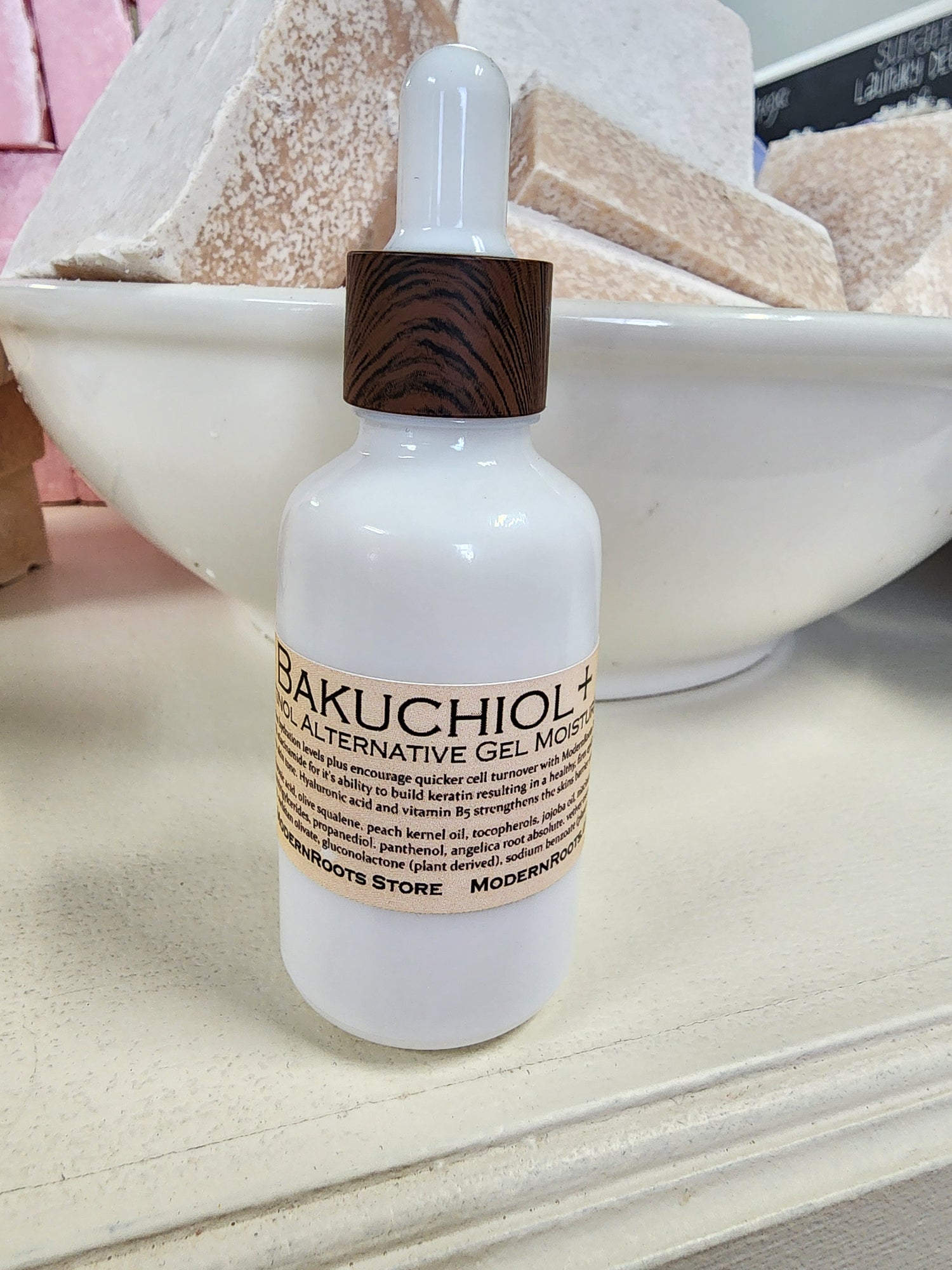
After raising my two hogs with specific diets, I really get to see the quality of the meat.
It's beautiful, fresh and been taken care of from start to finish. That being said, I was really hoping I wouldn't screw it up now :)
The female I did first. After they hang for about 4 days in the cool weather (30's- 40's), protected, you need to split the carcass down the middle. I did this with a sawzall. You need to get this as close to directly down the spine as possible, this can be a bit difficult but it makes butchering easier in the long run.
After splitting the carcass, it's ready for the butchering table. I watched several videos of how to butcher a half carcass and finally found a 3 part series that was incredibly helpful. I also liked that the butchering was done by a women, Camas Davis. Moving the carcass and cutting into primals (the three major sections) takes a bit of muscle and watching her accomplish this made me know I could certainly do it.
The breed I raised were Yorkshire's, known for free-ranging, good butchering size, and belly fat/striation (bacon). It all held quite true of this breed
I did quite a few cuts as Camas does in her videos but I also wanted some other cuts as well. And with 4 halves, I had lots to practice with. I thought this French Culinary instructor was good, quick to the point but nothing really specialized. He is more from a restaurant point of view.
 Bacon slab. Between both of my pigs, they produced a combined 30 lbs of bacon.
Bacon slab. Between both of my pigs, they produced a combined 30 lbs of bacon.
 Back Fat. Used to make Italian Lardo. Also used in specialty sausage making; hard salamis, sopressato, etc. This is highly sought after in European countries.
Back Fat. Used to make Italian Lardo. Also used in specialty sausage making; hard salamis, sopressato, etc. This is highly sought after in European countries.

 Practicing my knife skills, this is a Crown Loin Roast. Rib attached to the loin, but cut free from the spine.
Practicing my knife skills, this is a Crown Loin Roast. Rib attached to the loin, but cut free from the spine.
 Ham Hocks. These will brined, then smoked and thrown in a pot of baked beans. There are also specialty dishes that I will be making with these.
Ham Hocks. These will brined, then smoked and thrown in a pot of baked beans. There are also specialty dishes that I will be making with these.
 See! Look at this loin. Gorgeous.
See! Look at this loin. Gorgeous.

 Rolled pork tenderloin/loin roast. This cut lays flat when not rolled so you can fill it with herbs, butter, olive oil, etc. The pile to the right is loin and tenderloin chunks. Great for stews, sauteing, specialty dried meats etc.
Rolled pork tenderloin/loin roast. This cut lays flat when not rolled so you can fill it with herbs, butter, olive oil, etc. The pile to the right is loin and tenderloin chunks. Great for stews, sauteing, specialty dried meats etc.
 Rolled shoulder roast
Rolled shoulder roast
I got two 5 gallon buckets of sausage meat to play with! "Oh Happy Day."
 Skins. We enjoy other natural meats such as venison and elk which can be dry, but wrapped in these will provide not only moisture but phenomenal flavor.
Skins. We enjoy other natural meats such as venison and elk which can be dry, but wrapped in these will provide not only moisture but phenomenal flavor. Skirt Steak. Runs along the inside belly. Very smooth and tender cut.
Skirt Steak. Runs along the inside belly. Very smooth and tender cut. Tenderloin. Runs on the outside of the spine/ribs. It's not very big but very tender and requires very little cooking.
Tenderloin. Runs on the outside of the spine/ribs. It's not very big but very tender and requires very little cooking.







